On Monday, in Jefferson’s Advanced CAD class, I challenged my Junior & Senior Fashion Design students through a series of timed challenges to provide them with the prime environment for creative problem solving through materials exploration. They were given options of selecting their fabric of choice, ranging from light-weight sheer chiffons, to printed crepes, knits, and expanding into more difficult materials such as textured raw silks, crinkled poly-blends, and lace. With each round, they were to switch fabrics and explore shape and drape using their dress forms. They were instructed not to cut the material at any point, and allow the fabric to dictate the shape and form of the garment with the use of pins alone. They were given 15-minutes to complete the first three challenges, the third focusing on back design emphasis, and the final challenge set to 6-minutes using a combination of two different materials to create one look.
“Providing the students with a space to play and experiment with materials nurtures a creative environment and allows students to explore new ways of designing and expand upon their design process.”
The results were astounding. Providing the students with a space to play and experiment with materials nurtures a creative environment and allows students to explore new ways of designing and expand upon their design process. Students must realize that design doesn’t always start with a pencil and paper. They must play with materials to fully understand what they do, how they function, and learn about the way they move on the body. I followed up by asking students if they could have come up with what they did in the challenges just by sketching them out, and the response was a resounding ‘no’. Leaving the design process solely to sketching out ideas limits the student designers to what they know, therefore, introducing this method of exploration is highly beneficial, if not essential, to the way our students learn about pushing the boundaries of design innovation and creativity in their work.
Playing with materials opens the students up to learning more about what materials can do to inspire their designs and tap into their full potential, exploring unique and innovative shapes. ‘Draping is another tool we can use to experiment, innovate, and enhance our designs. It gets us working hands on, learning about how different materials have their own life and personality. We can clearly see how each fabric moves, how easy or difficult it is to work with a fabric, and how different fabrics can interact with each other. From doing this we can utilize this knowledge and these experiences while we are designing and push our designs even further,” states Senior Design student Sam Heupel. The process also gives students an opportunity to see how talented they are, outside of the sketch pad. I can tell that students were impressed with what they were able to accomplish in such a short period of time. They were able to develop four collections among 8 students over a course of lh45min. if that’s not impressive enough, each student was able to express their own unique point of view and show how far one fabric can be re-interpreted through the lens of each design student.
It is clear that the students tapped into their strengths and were able to appreciate a new facet of design exploration. Through each timed challenge, the students redirected their focus to the materials alone and allowed a new set of design skills to take over in the creation process. Providing students with strict parameters and timelines, in this case, proved beneficial to the student learning process and resulted in some pretty amazing outcomes. Each student will apply the results of each challenge towards developing their first professional AW look book, complete with custom knits, patterns, & textures, complete size range, color options, retail price points, and direct market placement.
Advanced CAD- Material Exploration Challenge
Student work by:
Marin Bunner, Anna DeStefano, Mira Franzel, Sam Heupel, Anna Poletick, Jillian Smith, Sydney Strickler, and Madeline Tumolo



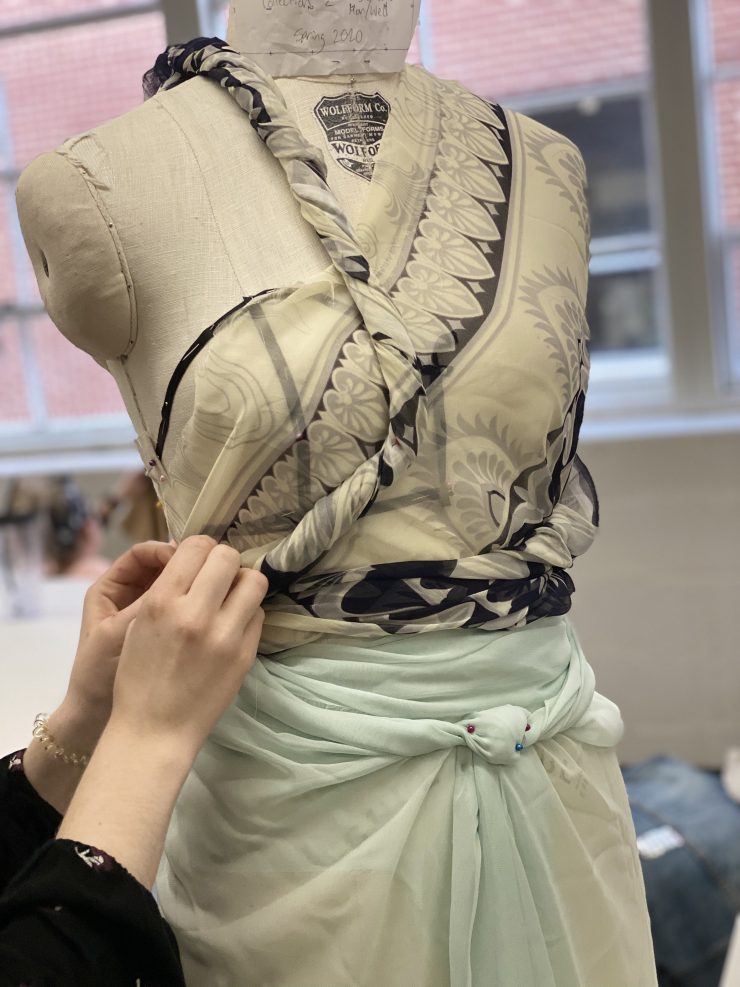
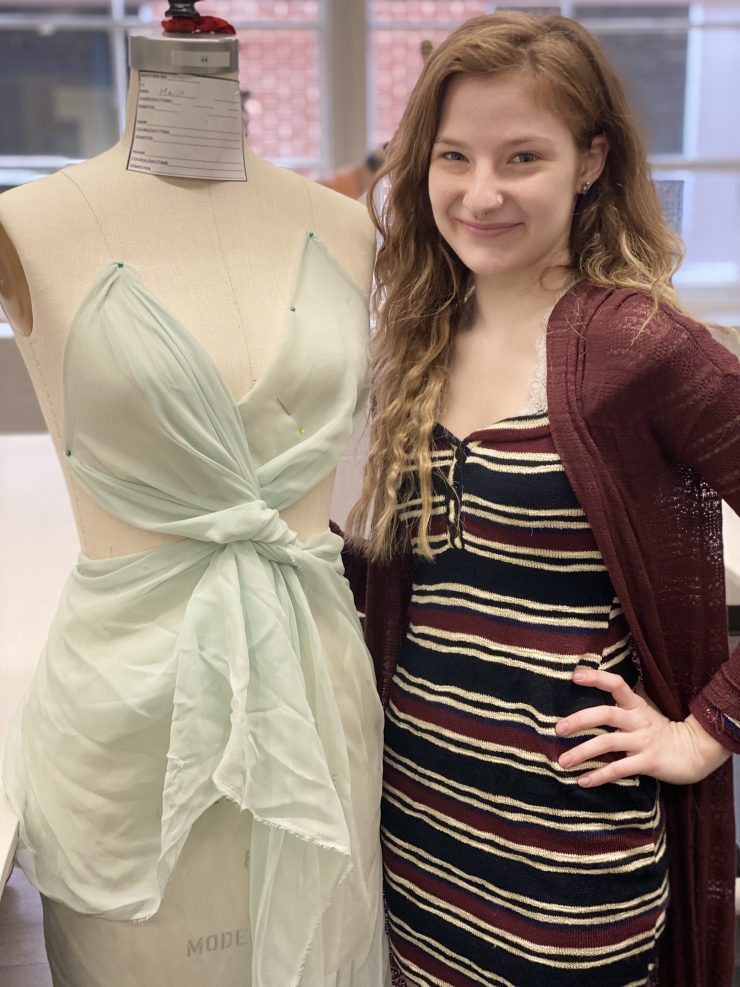
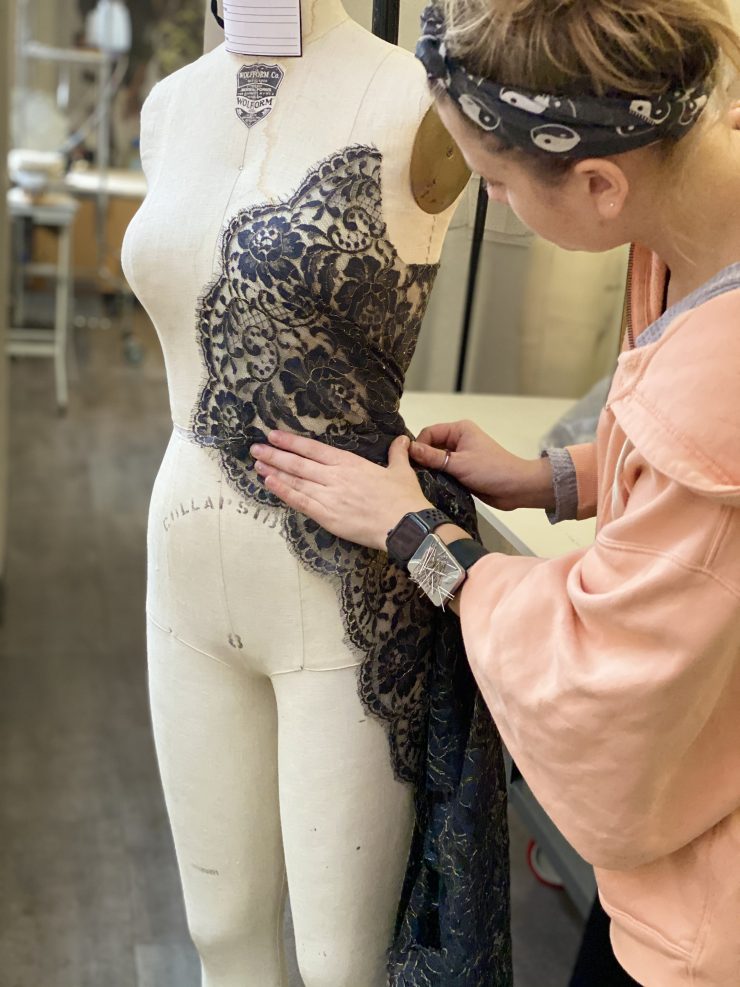
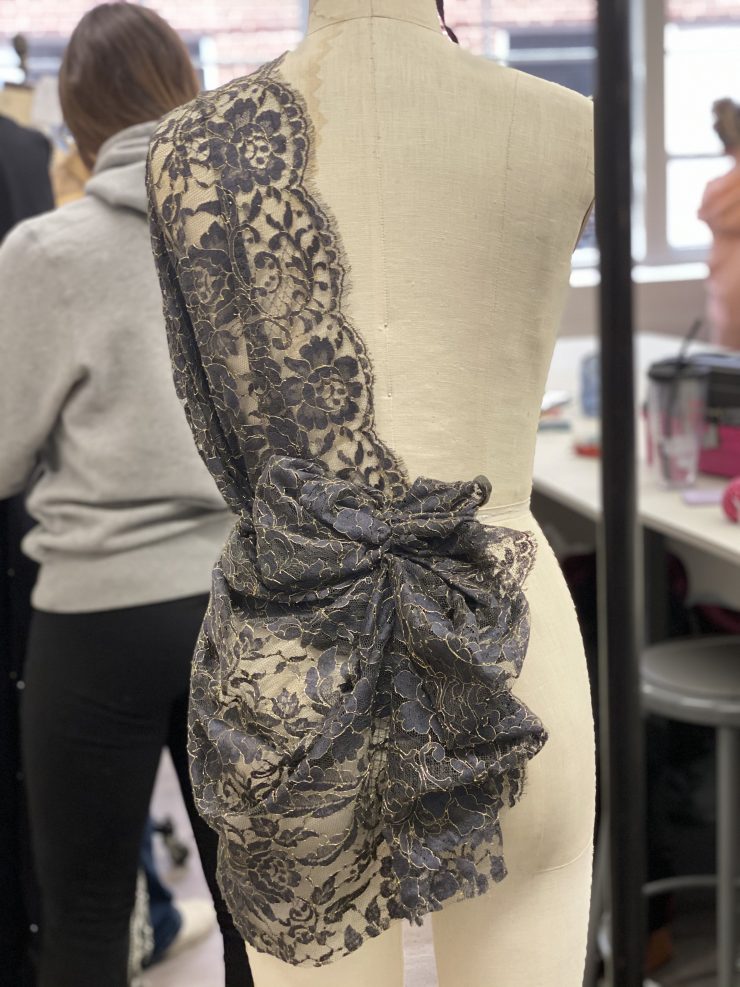
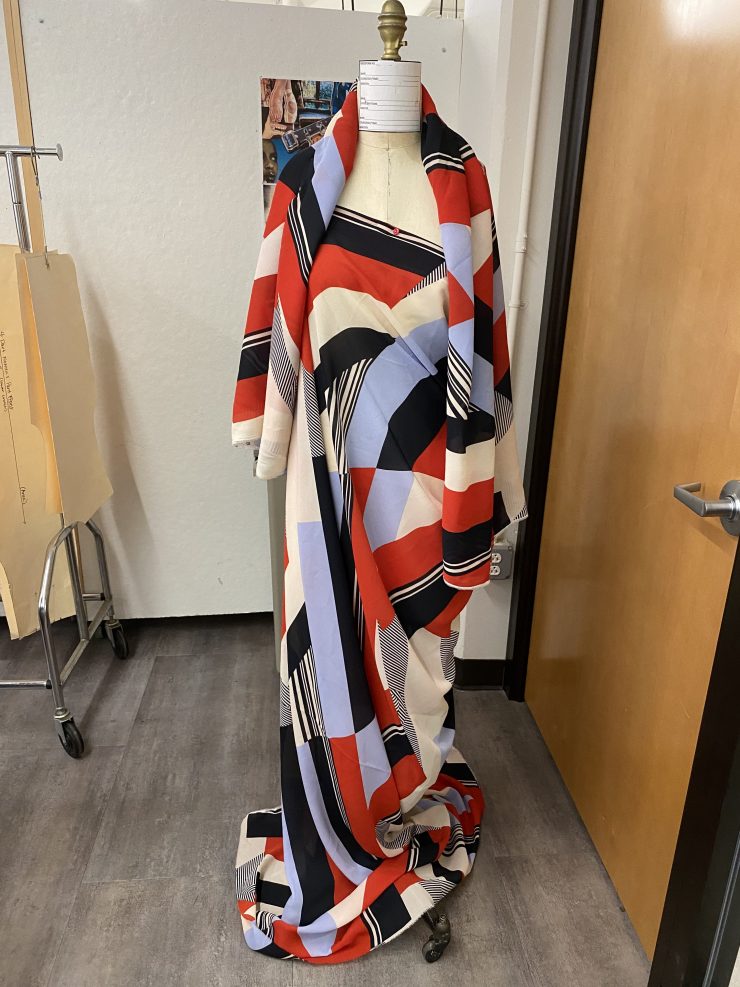
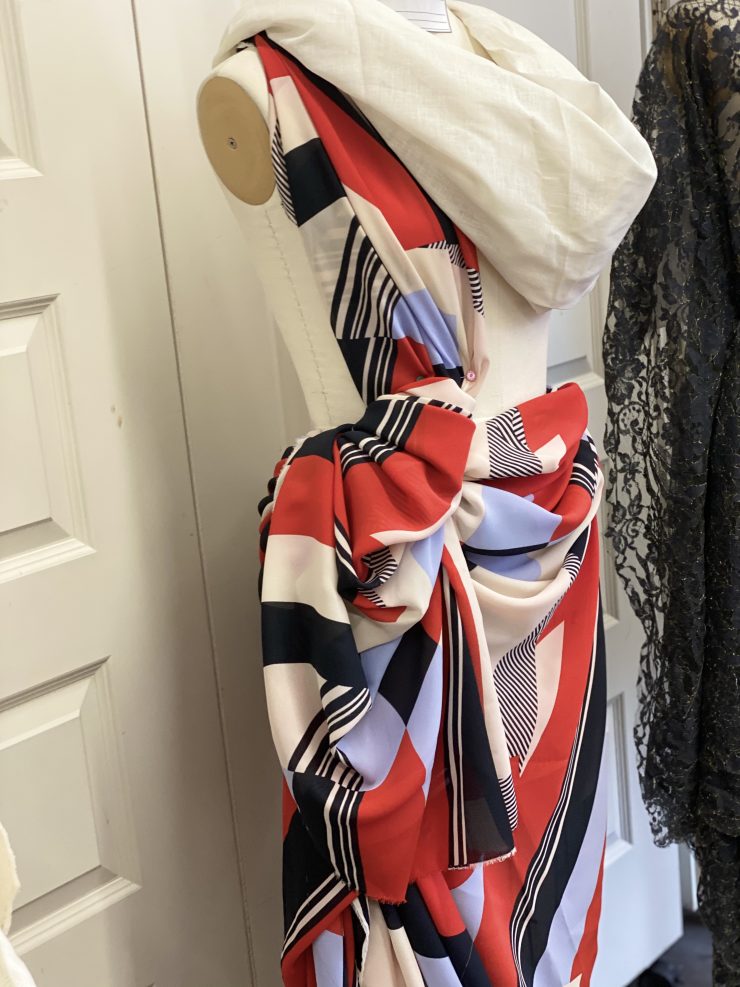

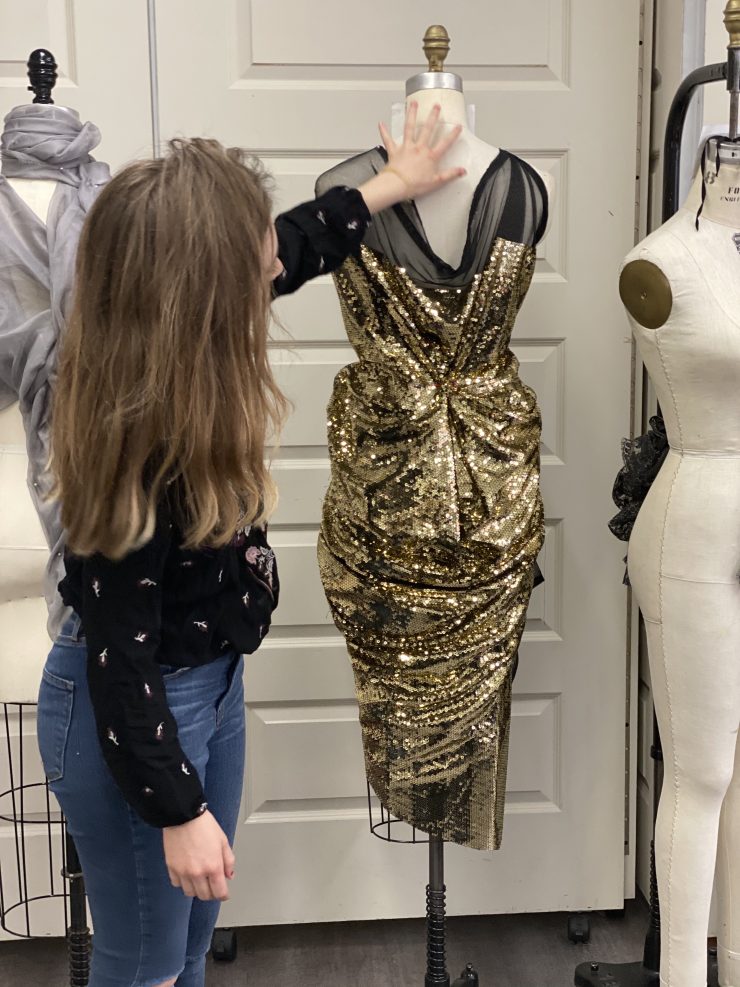
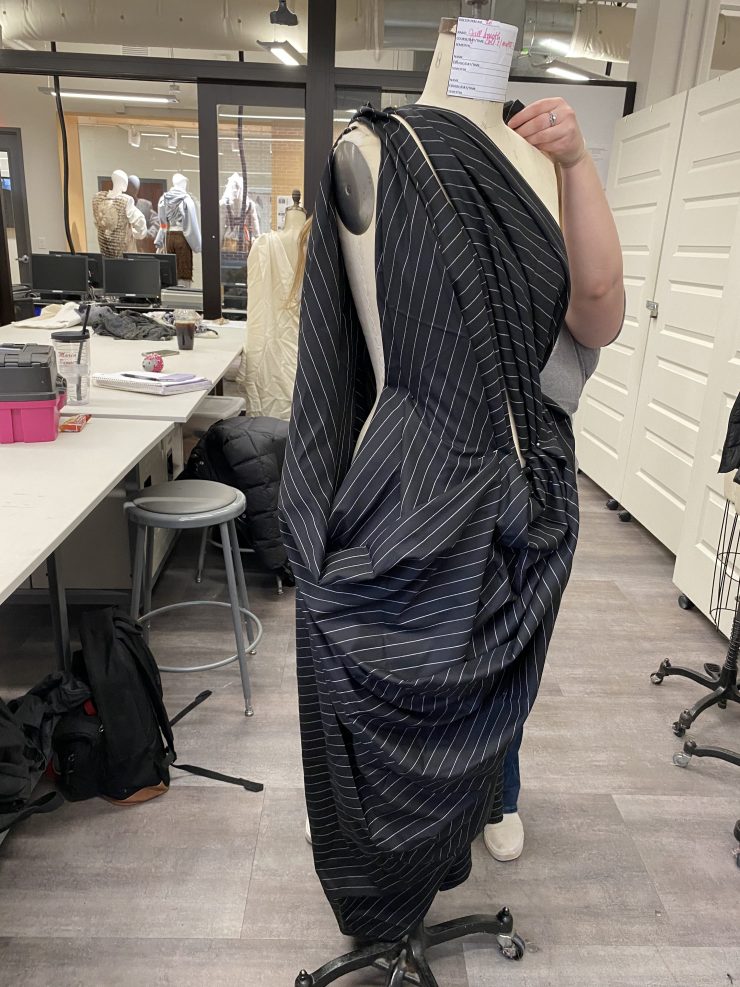


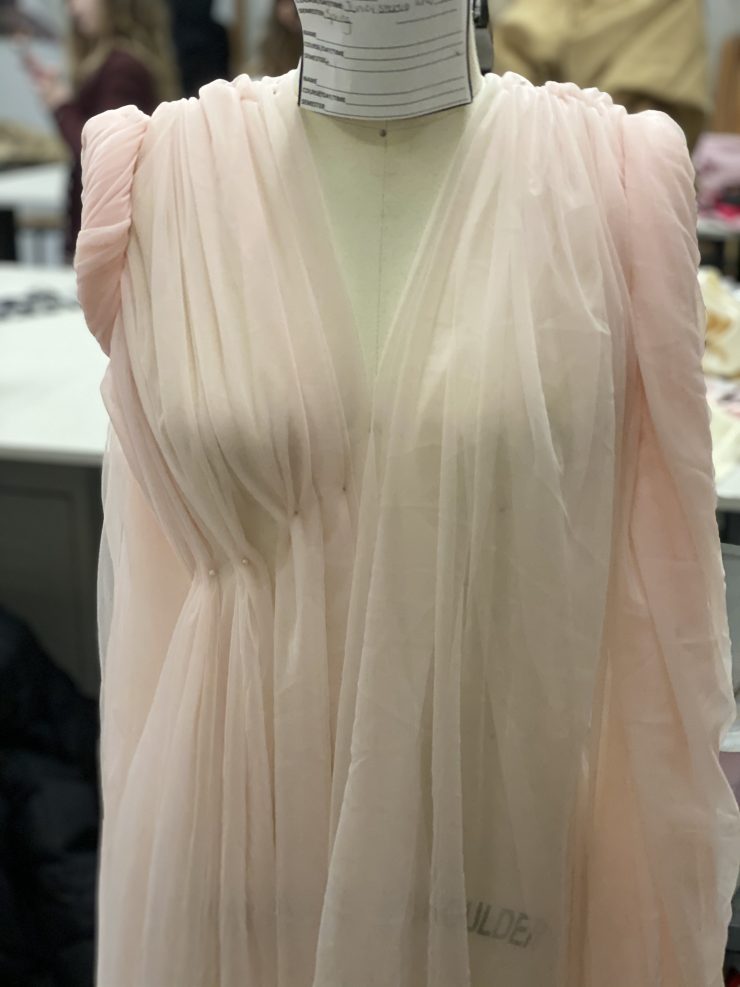
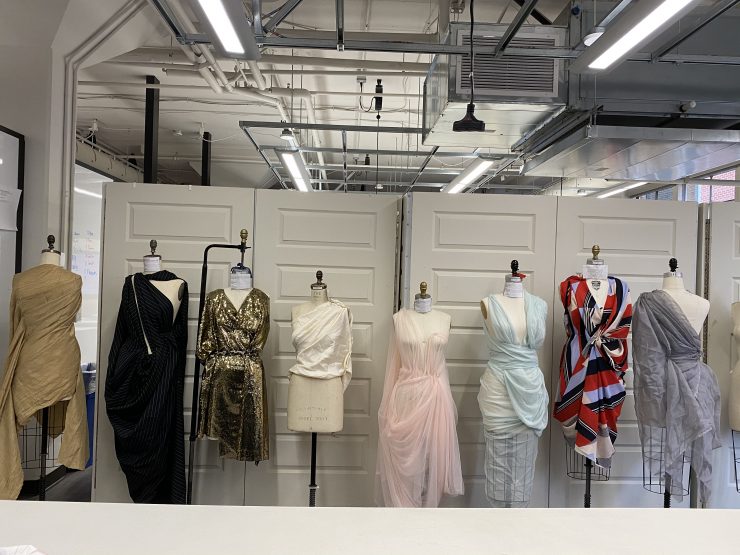
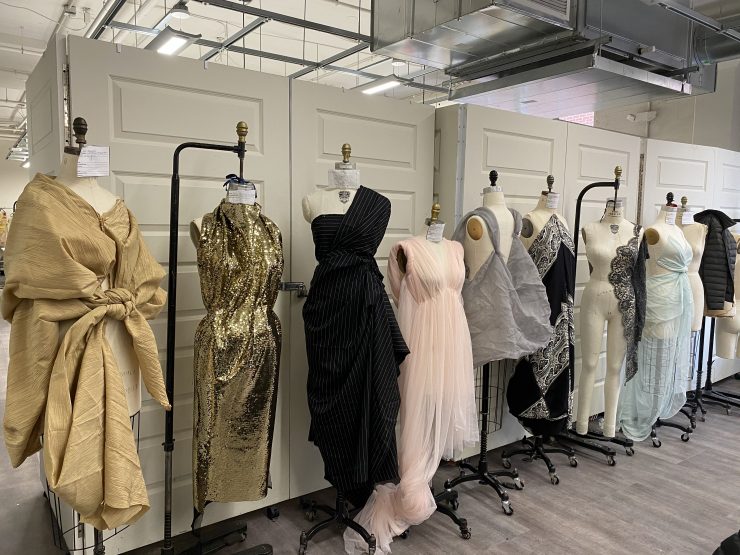
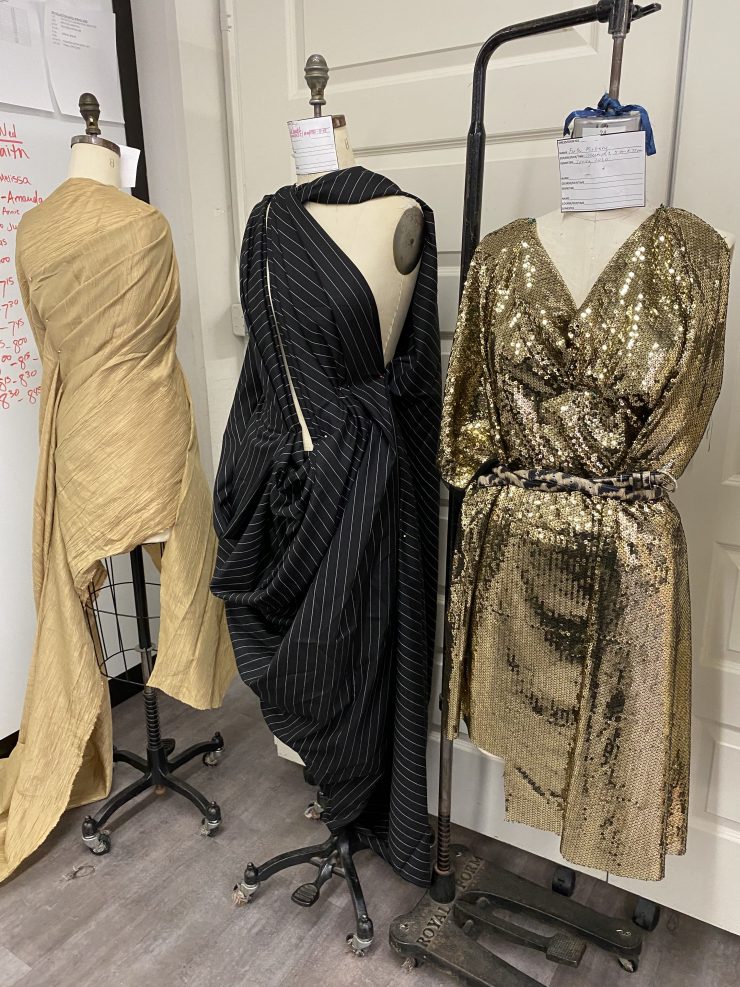
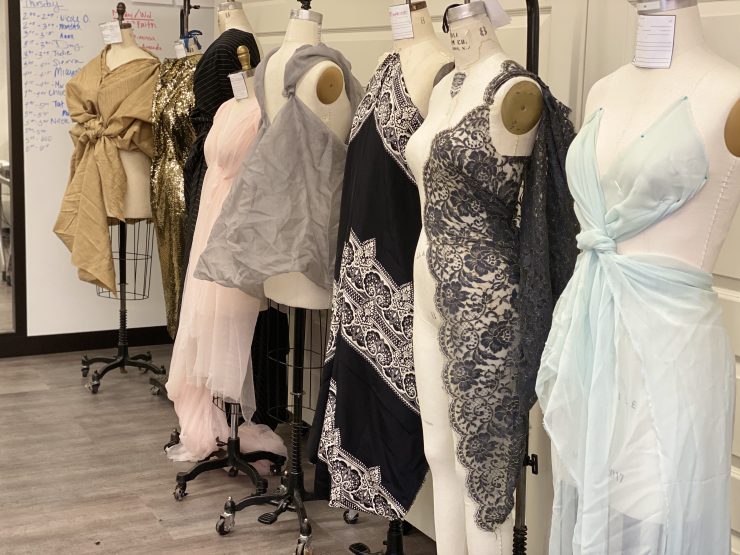

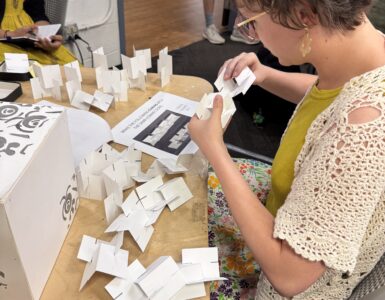
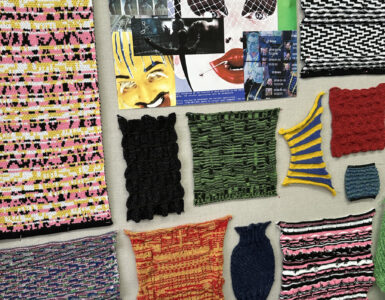
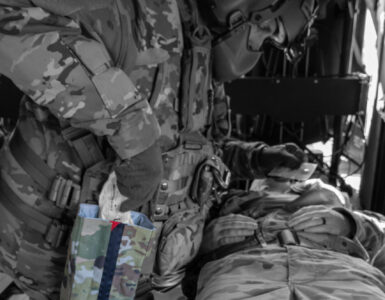


Add comment